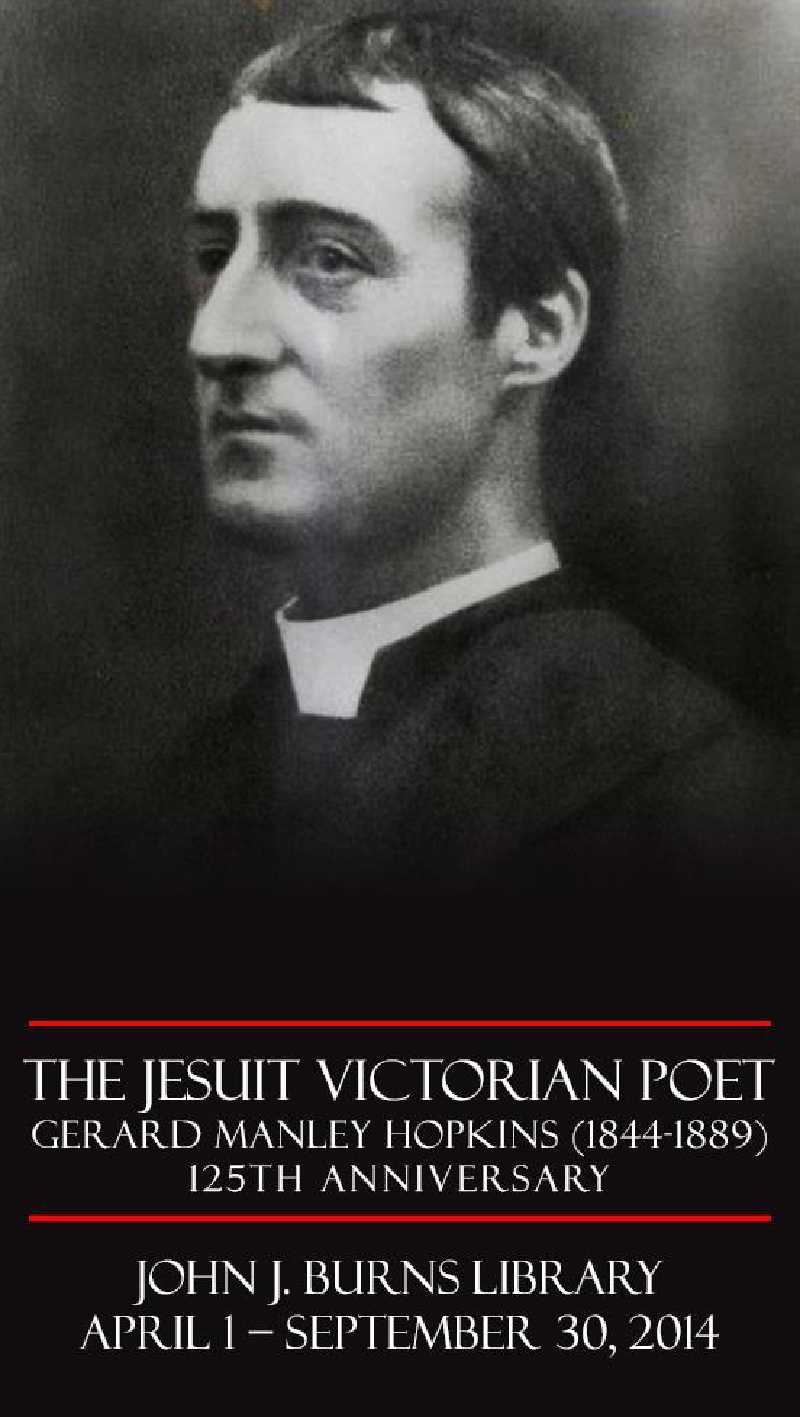
The general outlines of Hopkins’s life are fairly well known—that living in Hampstead he attended Dr. Dyne’s Highgate School (becoming a Cholmeleian, named after Highgate’s first headmaster, Sir. Roger Cholmeley) where he won a scholarship to the prestigious Balliol College, came under the influence of a waning Tractarianism, and before graduating was received by Newman into the Catholic Church and decided to join the Jesuits; taught at Newman’s Birmingham Oratory, and then went on to Roehampton to teach rhetoric; studied theology at St. Beuno’s; went to London’s Farm Street Church to be curate under his mentor Peter Gallwey; returned to Oxford as curate at St. Aloysius’s, and from there to St. Joseph’s, Bedford Leigh, and then to St. Francis Xavier’s, Liverpool, all the while fully immersed in ministry to the poor and destitute. He then went on to Glasgow, returned to Roehampton for his tertianship, and spent the last five years of his short life teaching classics at Newman’s Royal University of Ireland, before succumbing to typhoid in 1889. A memorial to Hopkins stands at Glasnevin Cemetery, where his remains are interred; and a plaque in the poet’s corner at Westminster memorializes him with the words, “Immortal Diamond,” taken from his poem, “That Nature is a Heraclitean Fire and of the Comfort of the Resurrection.” Hopkins poetry, bits of which were published in his lifetime, was gradually released by his friend and Poet Laureate, Robert Bridges, in 1918. But while the world knows and celebrates Hopkins the poet (his poetry reflecting the broad range of Victorian concerns, among them industrialism, nature and the environment, faith and doubt, the emerging science, the woman question), scholars and critics are only now beginning to appreciate an otherwise rich if still relatively unknown religious life. For years, Hopkins the priest had remained largely in relief.
